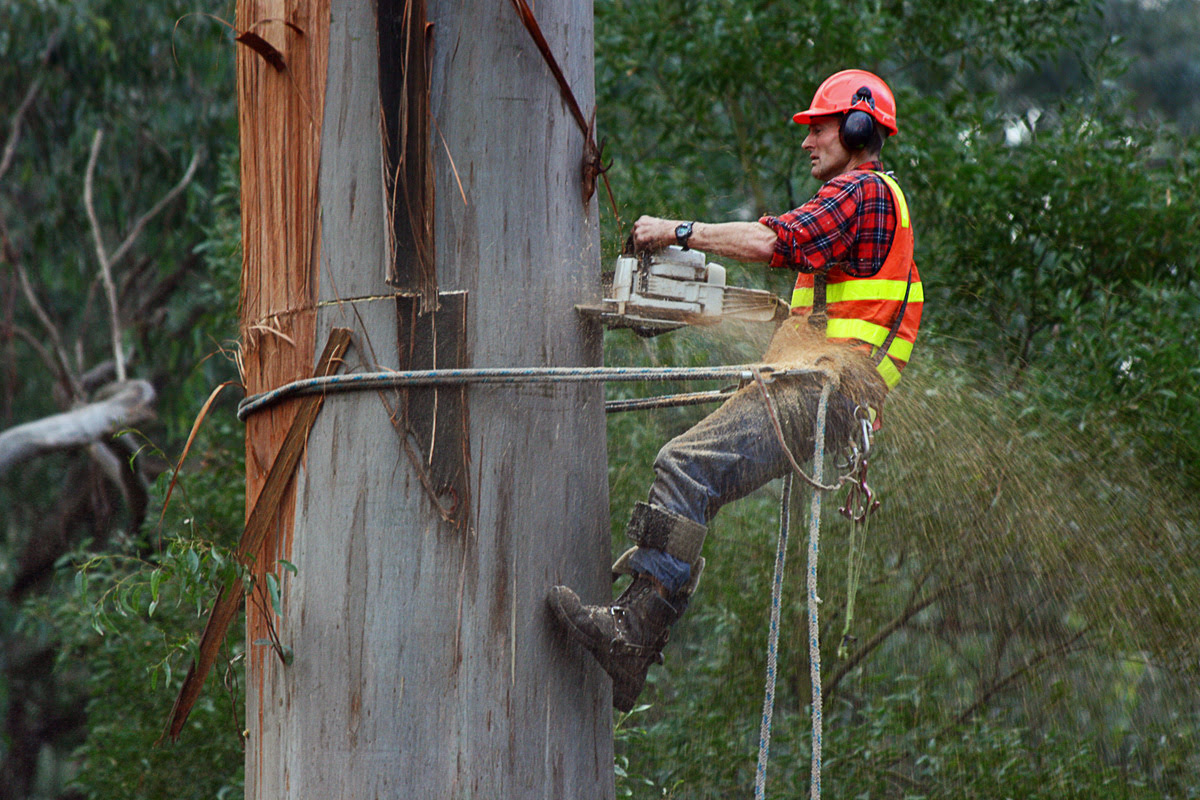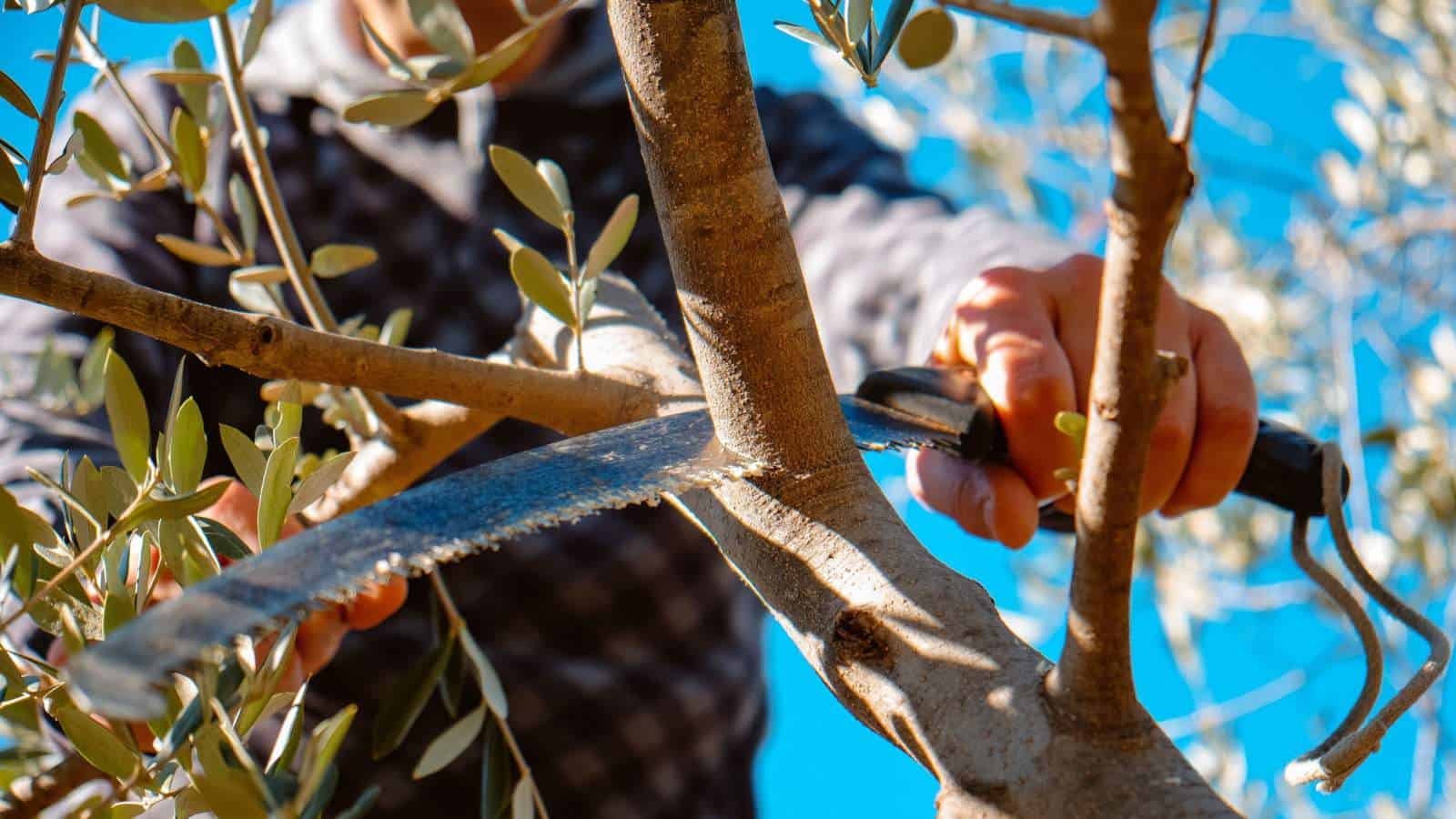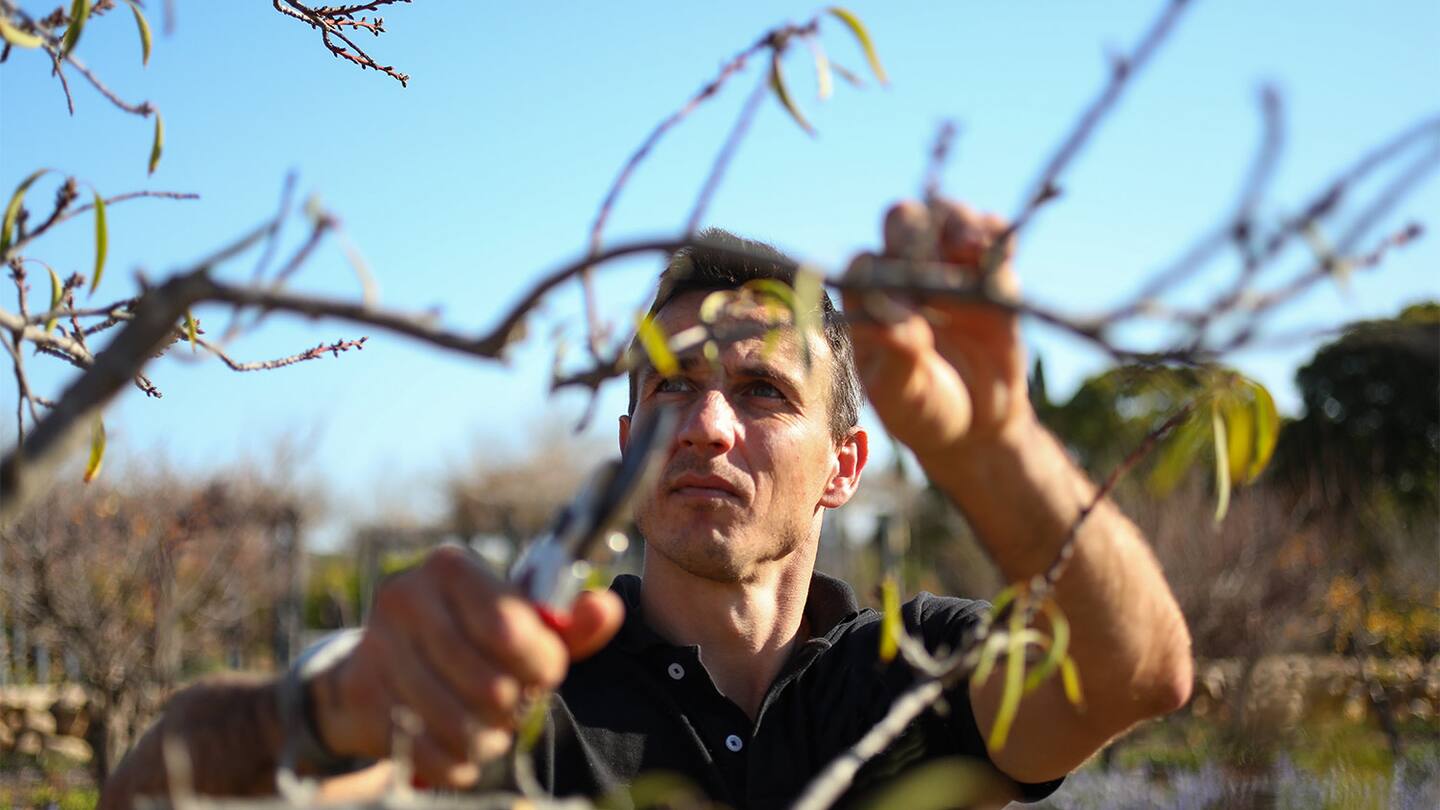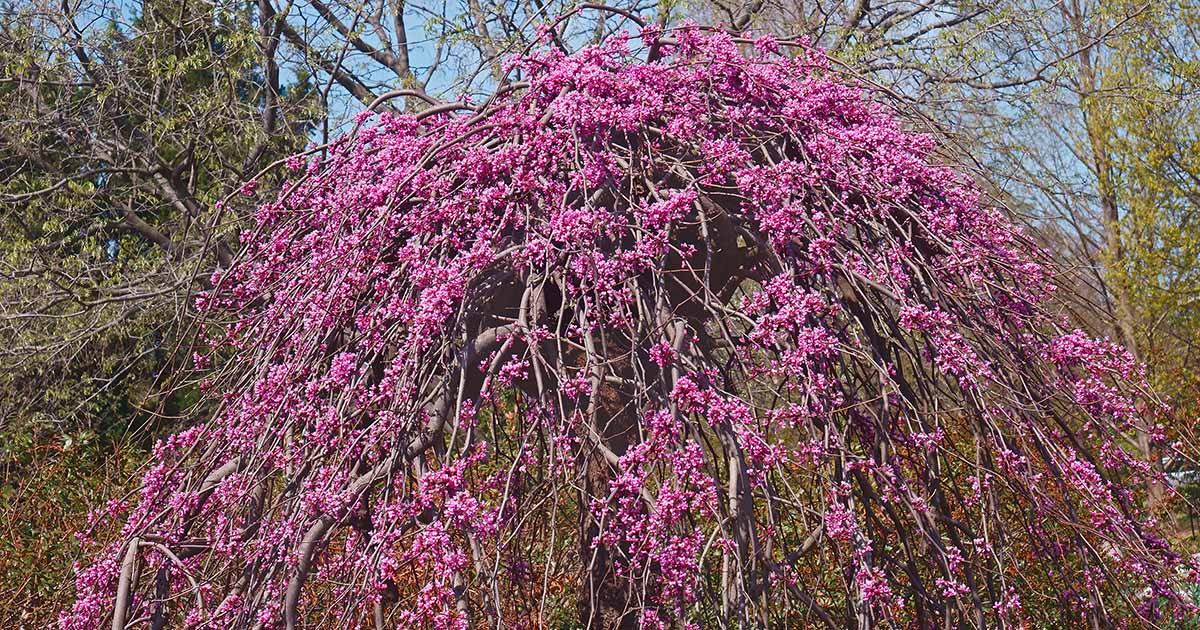Home>Gardening News and Trends>Latest News>Who Is Responsible For Trimming Trees Near Power Lines?
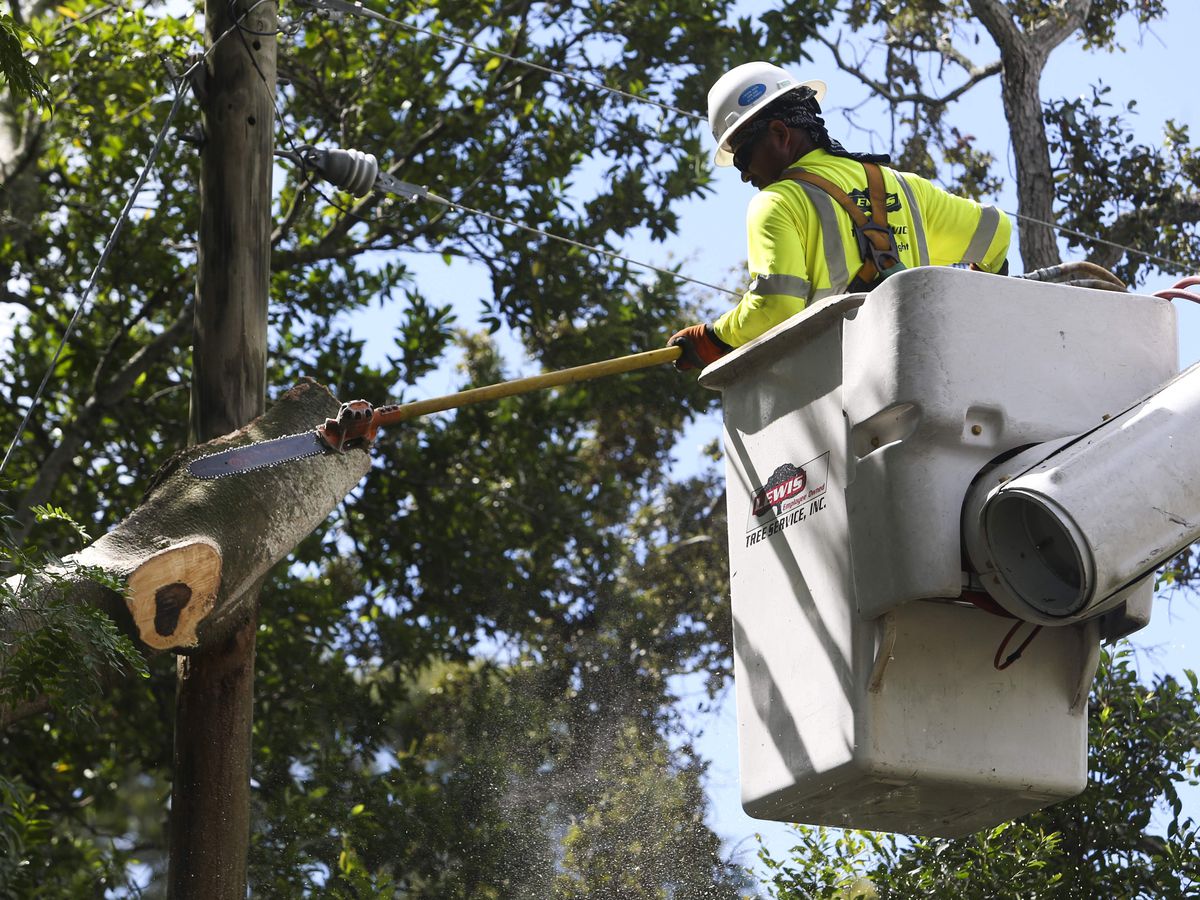

Latest News
Who Is Responsible For Trimming Trees Near Power Lines?
Published: November 4, 2023
Discover the latest news on who is responsible for trimming trees near power lines. Stay informed and ensure safety with the most up-to-date information.
(Many of the links in this article redirect to a specific reviewed product. Your purchase of these products through affiliate links helps to generate commission for Chicagolandgardening.com, at no extra cost. Learn more)
Table of Contents
- Introduction
- Understanding Power Lines and Tree Trimming Responsibilities
- Responsibilities of Power Line and Utility Companies
- Regulations and Guidelines for Tree Trimming near Power Lines
- Municipal and Local Ordinances for Tree Trimming near Power Lines
- Rights and Responsibilities of Property Owners
- Hiring Professional Tree Trimming Services
- Safety Precautions to Consider When Trimming Trees near Power Lines
- Conclusion
Introduction
Tree trimming near power lines is a crucial task that ensures the safety and reliability of electrical systems. Overgrown trees and vegetation can pose serious risks, such as power outages, electrical fires, and even injury or death caused by contact with live wires. Therefore, it is essential to understand the responsibilities and regulations surrounding tree trimming near power lines, as well as the options available to property owners.
Power lines are an integral part of our modern infrastructure, but they can also be hazardous. When trees grow too close to power lines, they can interfere with the electrical system, potentially causing short circuits, fires, and other dangerous situations. To address this issue, tree trimming is often necessary to create a safe distance between trees and power lines.
So, who is responsible for trimming trees near power lines? The answer depends on various factors, including the type of power lines, location, and local regulations. Generally, the responsibility is shared between power line/utility companies and property owners. Let’s explore these responsibilities further to gain a better understanding of who is accountable for maintaining tree clearance near power lines.
Additionally, it is crucial to be aware of the regulations and guidelines that govern tree trimming near power lines. Adhering to these regulations not only helps ensure safety but also prevents potential legal issues. Municipal and local ordinances may vary, so it is important to consult the appropriate authorities or seek professional advice when considering tree trimming near power lines on your property.
In this article, we will delve into the responsibilities of power line and utility companies, the regulations and guidelines for tree trimming near power lines, the rights and responsibilities of property owners, and the safety precautions to consider when undertaking this task. By the end, you will have a comprehensive understanding of the various factors involved in tree trimming near power lines and the best course of action to take for maintaining a safe and reliable electrical system.
Understanding Power Lines and Tree Trimming Responsibilities
Power lines are an essential part of our electrical infrastructure, carrying electricity from power plants to homes, businesses, and other facilities. These power lines can be overhead or underground, and they require regular maintenance to ensure their proper functioning. One crucial aspect of maintenance is tree trimming near power lines.
Tree trimming near power lines is necessary to prevent trees and vegetation from coming into contact with the electrical lines, as this can lead to power outages, equipment damage, and safety hazards. It is important to understand the responsibilities associated with tree trimming near power lines to ensure the safety and reliability of the electrical system.
The primary responsibility for tree trimming near power lines lies with the power line and utility companies. These companies are tasked with monitoring and maintaining the power lines, including ensuring that trees and vegetation do not pose a threat to the electrical infrastructure. They are responsible for conducting regular inspections to identify any trees that may be encroaching on the power lines and determining the appropriate course of action.
When identifying trees that require trimming, power line and utility companies prioritize those that pose the greatest risk in terms of proximity to the lines, tree health, and potential impact on electrical reliability. They employ certified arborists and professional tree trimming crews who are trained in working near power lines to safely and efficiently trim or remove trees that may pose a threat.
However, property owners also have a role to play in tree trimming near power lines. While power line and utility companies take the lead in maintaining the electrical infrastructure, property owners have the responsibility to ensure that trees on their property are not growing too close to power lines.
Property owners should regularly inspect their trees and take appropriate action if they notice any signs of encroachment. It is crucial to be proactive and address the issue before it becomes a hazardous situation. Taking prompt action can help prevent the need for emergency tree trimming, which can be more expensive and disruptive to both the property owner and the electrical system.
In some cases, property owners may be required to hire professional tree trimming services to handle the task. Before hiring tree trimming services, it is essential to ensure that they are experienced and knowledgeable in working near power lines, as this requires specialized skills and equipment.
By understanding the roles and responsibilities of power line and utility companies, as well as property owners, we can work together to maintain a safe and reliable electrical system. Regular tree trimming near power lines is a vital practice that helps prevent power outages, protects electrical infrastructure, and ensures the safety of communities.
Responsibilities of Power Line and Utility Companies
Power line and utility companies play a crucial role in ensuring the safety and reliability of electrical systems. They are responsible for maintaining power lines and infrastructure, which includes regular tree trimming near power lines. Here are some key responsibilities held by power line and utility companies:
- Inspections: Power line and utility companies are responsible for conducting regular inspections of the power lines to identify any trees or vegetation that may pose a risk. These inspections help identify potential hazards and prioritize tree trimming activities.
- Tree Trimming: When trees are identified as a potential risk to the power lines, power line and utility companies have the responsibility to trim or remove them. They employ certified arborists and professional tree trimming crews who are trained in working near power lines. These experts use specialized equipment and techniques to safely trim or remove trees without causing damage to the power lines.
- Maintenance Programs: Power line and utility companies develop and implement maintenance programs that include regular tree trimming near power lines. These programs help ensure that trees are regularly inspected and trimmed to prevent any interference with the electrical system.
- Emergency Response: During storms or other emergencies, power line and utility companies are responsible for responding quickly to any tree-related issues near power lines. They have dedicated crews on standby to address emergency situations and restore power as quickly and safely as possible.
- Communicating with Property Owners: Power line and utility companies have the responsibility to inform property owners about the need for tree trimming near power lines. They may send notifications or conduct outreach programs to educate property owners about the importance of tree clearance and the potential risks associated with overgrown trees near power lines.
- Compliance with Regulations: Power line and utility companies must comply with all local, state, and federal regulations and guidelines regarding tree trimming near power lines. They stay informed about any updates or changes in regulations to ensure they are implementing the best practices and following all applicable standards.
By fulfilling these responsibilities, power line and utility companies contribute to the overall safety and reliability of the electrical system. Their expertise in tree trimming near power lines helps prevent power outages, minimize equipment damage, and protect communities from potential safety hazards. Property owners can rely on these companies to take appropriate action when it comes to maintaining tree clearance near power lines.
Regulations and Guidelines for Tree Trimming near Power Lines
Tree trimming near power lines is subject to various regulations and guidelines to ensure the safety of both the electrical infrastructure and the individuals involved in the process. These regulations are put in place by local, state, and federal authorities to provide clear instructions and standards for tree trimming near power lines. Here are some key regulations and guidelines to consider:
- Clearance Standards: There are specific clearance standards that dictate the minimum distance trees should be kept from power lines. These standards vary depending on the voltage of the power lines and can range from a few feet to several yards. Power line and utility companies, as well as professional tree trimming services, must follow these clearance standards to maintain a safe distance between trees and power lines.
- Work Practices: Tree trimming near power lines requires adherence to specific work practices to minimize the risk of injury or damage. These practices may include using specialized equipment, implementing safety protocols, and ensuring proper training for personnel involved in the tree trimming process. Compliance with these work practices helps ensure the safety of both workers and the public.
- Permitting and Notification: In some areas, obtaining permits or notifying authorities may be required before conducting tree trimming near power lines. This allows local authorities to monitor and approve the tree trimming activities and ensure compliance with regulations. Failure to obtain the necessary permits or notify the appropriate authorities may result in legal consequences.
- Environmental Considerations: Regulations and guidelines for tree trimming near power lines often include provisions to protect the environment and preserve the health of trees. These may include restrictions on the type of trimming methods used or requirements for replanting or compensatory measures to maintain ecological balance.
- Coordination with Power Line and Utility Companies: Property owners or tree trimming services must coordinate with the relevant power line and utility companies before undertaking any tree trimming near power lines. This helps ensure that the work is conducted safely and does not interfere with the electrical system. Power line and utility companies may provide specific instructions or guidelines for tree trimming activities to ensure compliance with their maintenance programs.
It is important for property owners and tree trimming services to familiarize themselves with the regulations and guidelines specific to their area. Consulting with the local authorities or contacting power line and utility companies can provide valuable information regarding the specific requirements and any updates in regulations related to tree trimming near power lines.
By following these regulations and guidelines, property owners and tree trimming services can ensure not only the safety and reliability of the electrical system but also compliance with legal requirements. It is crucial to prioritize safety and adhere to these regulations to prevent any potential hazards and maintain a well-maintained and secure electrical infrastructure.
Municipal and Local Ordinances for Tree Trimming near Power Lines
In addition to regulations and guidelines at the state and federal levels, there are often municipal and local ordinances that govern tree trimming near power lines. These ordinances are put in place to address specific concerns and requirements within a particular jurisdiction. It is important to be aware of these ordinances when considering tree trimming near power lines. Here are some common aspects covered by municipal and local ordinances:
- Permitting and Licensing: Some municipalities require property owners or tree trimming services to obtain permits or licenses before conducting tree trimming near power lines. These permits help ensure that the work is conducted safely and in compliance with specific guidelines set by the local authorities.
- Notification Requirements: Local ordinances may require property owners or tree trimming services to notify the local authorities or power line and utility companies before undertaking any tree trimming activities near power lines. This allows the authorities to assess and provide guidance or oversight as needed.
- Tree Species and Size: Municipal or local ordinances may specify the types of trees that are allowed or prohibited near power lines. Some species may be deemed more suitable due to their growth habits, while others may be considered risky and thus restricted. In addition, there may be limitations on the size or height of trees near power lines to ensure clearance standards are met.
- Time Restrictions: Municipal and local ordinances may impose restrictions on when tree trimming near power lines can be carried out. For example, trimming may be prohibited during certain seasons or times when it could disrupt nesting birds or impact wildlife habitats. These time restrictions help balance the needs of power line maintenance with environmental considerations.
- Enforcement and Penalties: Municipalities may establish enforcement mechanisms and penalties for violations of tree trimming ordinances. This ensures that property owners and tree trimming services are held accountable for complying with the established guidelines. Penalties may range from fines to legal consequences, depending on the severity of the violation.
It is important for property owners and tree trimming services to familiarize themselves with the municipal and local ordinances applicable to their area. This can be done by consulting the local authorities or researching the specific ordinances related to tree trimming near power lines. Understanding and complying with these ordinances will help ensure that the tree trimming activities are conducted in accordance with local requirements and promote a safe and well-regulated environment.
By adhering to municipal and local ordinances, property owners and tree trimming services can contribute to the overall maintenance and safety of the electrical system, as well as foster good relations with the local community and authorities.
Rights and Responsibilities of Property Owners
Property owners have certain rights and responsibilities when it comes to tree trimming near power lines. Understanding these rights and responsibilities is crucial for maintaining a safe and reliable electrical system. Here are some key points to consider:
- Property Ownership: As the owner of the property, you have the right to maintain the trees on your land. However, this right is subject to certain limitations and regulations to ensure the safety and reliability of the electrical system.
- Tree Inspection: It is your responsibility as a property owner to regularly inspect the trees on your property and identify any that may be encroaching on power lines. Prompt action should be taken to address the issue and prevent potential hazards.
- Proactive Maintenance: Property owners are encouraged to proactively maintain their trees and ensure that they do not grow too close to power lines. Regular pruning or trimming of trees can help prevent the need for emergency tree removal or costly repairs in the future.
- Coordination with Power Line and Utility Companies: When planning any tree trimming near power lines on your property, it is important to coordinate with the relevant power line and utility companies. They can provide guidance and instructions to ensure the work is conducted safely, in compliance with regulations, and without causing any disruptions to the electrical system.
- Hiring Professional Services: If you are not experienced or equipped to handle tree trimming near power lines, you have the right to hire professional tree trimming services. These professionals have the knowledge and skills to safely and efficiently trim or remove trees near power lines, ensuring compliance with regulations and minimizing the risk of damage or injury.
- Compliance with Regulations: It is your responsibility to adhere to all applicable regulations, including local, state, and federal ordinances, when it comes to tree trimming near power lines. Failure to comply with these regulations may result in legal consequences or safety hazards.
- Liability: Property owners may be held liable for any damage or injury caused by trees on their property if they fail to properly maintain them. Therefore, it is important to take the necessary steps to ensure tree clearance near power lines and minimize the risk of accidents or property damage.
By understanding and fulfilling these rights and responsibilities, property owners can contribute to the overall safety and reliability of the electrical system. Regular tree maintenance and compliance with regulations help prevent power outages, protect the electrical infrastructure, and promote a safe environment for both residents and electrical workers.
If you are uncertain about your rights and responsibilities as a property owner regarding tree trimming near power lines, it is recommended to consult with local authorities or professional tree trimming services who can provide guidance based on the specific regulations and guidelines in your area.
Hiring Professional Tree Trimming Services
When it comes to tree trimming near power lines, hiring professional tree trimming services is often the safest and most efficient option. These professionals have the expertise, experience, and specialized equipment required to effectively trim or remove trees while ensuring compliance with regulations and maintaining the integrity of the electrical system. Here are some key considerations when hiring professional tree trimming services:
- Expertise: Professional tree trimming services have a team of certified arborists and trained professionals who specialize in working near power lines. They are knowledgeable about the specific requirements and techniques for safely trimming or removing trees in close proximity to electrical infrastructure.
- Safety: Safety is a top priority when it comes to tree trimming near power lines. Professional tree trimming services follow strict safety protocols to minimize the risk of injury or damage. They have the necessary equipment and tools, such as insulated gloves, harnesses, and pruning saws, to ensure the safety of their workers and the surrounding area.
- Regulatory Compliance: Professional tree trimming services are well-versed in the regulations and guidelines regarding tree trimming near power lines. They ensure that their work is conducted in accordance with these regulations to prevent any legal issues and maintain the safety and reliability of the electrical system.
- Efficiency: Hiring professionals ensures that the tree trimming is done efficiently and effectively, minimizing disruption and potential damage. They have the experience and skills to assess the situation, determine the best approach, and execute the trimming or removal process in a timely manner.
- Evaluation and Planning: Professional tree trimming services conduct thorough evaluations of the trees and the surrounding area before starting the trimming process. They develop a detailed plan, considering factors such as tree health, growth patterns, and clearance requirements, to ensure precise and targeted trimming.
- Insurance Coverage: Reputable tree trimming services carry liability insurance to protect themselves and their clients in case of any accidents or damages that may occur during the tree trimming process. This provides peace of mind and financial protection for both the property owner and the tree trimming service.
- Proper Disposal: Professional tree trimming services handle the tree trimmings or debris after the trimming process. They have the means to properly dispose of the trimmings or perform tree stump removal, leaving the property clean and ready for use.
Before hiring a professional tree trimming service, it is essential to conduct research and choose a reputable and experienced company. Look for certifications, positive reviews, and proof of insurance. Obtain multiple quotes and compare services to ensure you are getting the best value for your money.
By hiring professional tree trimming services, property owners can have confidence in the quality of the work performed while minimizing the risk of accidents, complying with regulations, and maintaining a safe and well-maintained electrical system.
Safety Precautions to Consider When Trimming Trees near Power Lines
Trimming trees near power lines requires strict adherence to safety precautions to protect the individuals conducting the work and maintain the integrity of the electrical system. Here are some important safety precautions to consider:
- Leave it to the Professionals: Tree trimming near power lines should only be done by trained professionals who have the necessary expertise and equipment to safely carry out the task. Attempting to trim trees near power lines without the proper knowledge and training can result in serious injury or even death.
- Maintain Safe Distance: Always maintain a safe distance from power lines when carrying out tree trimming activities. The exact clearance requirements may vary depending on the voltage of the power lines, so it is important to be aware of and follow the guidelines provided by the power line and utility companies.
- Use Insulated Tools: When trimming trees near power lines, it is crucial to use insulated tools specifically designed for this purpose. These tools help minimize the risk of electrical shock and protect the workers from coming into direct contact with live wires.
- Assume Power Lines Are Energized: Always assume that power lines are energized and pose a threat. Even if a power outage has occurred, there is still a risk of residual electrical current. Take all necessary precautions and treat every power line as if it is live.
- Survey the Area: Before starting any tree trimming work, conduct a thorough survey of the area to identify any potential hazards, such as nearby structures, unstable ground, or obstacles that may impede the process. Clear the area of any debris or objects that could interfere with the work or create a safety risk.
- Inspect Equipment: Regularly inspect and maintain all equipment used for tree trimming near power lines. Ensure that tools are in good working condition and that safety features, such as guards and insulation, are intact. Replace any damaged or faulty equipment immediately.
- Weather Conditions: Pay close attention to weather conditions when planning tree trimming near power lines. Strong winds, thunderstorms, or other adverse weather conditions can create additional hazards and increase the risk of accidents. Postpone the work if the weather is not favorable.
- Communication and Training: Maintain clear communication among all workers involved in the tree trimming process. Ensure that everyone is aware of the potential hazards, safety protocols, and emergency procedures. Conduct regular training sessions to keep workers updated on safe practices and equipment usage.
- Emergency Procedures: Establish and communicate emergency procedures in case an accident or electrical incident occurs. This should include steps to follow, such as how to safely cut power in an emergency, and contact information for emergency services and power line and utility companies.
- Never Approach Downed Power Lines: If a power line is down or damaged, never approach it. Always assume it is live and immediately contact the appropriate authorities to report the situation.
Following these safety precautions is essential to protect the safety of workers and the surrounding community during tree trimming near power lines. It is crucial to prioritize safety above all else and ensure compliance with all safety guidelines and regulations set forth by power line and utility companies and local authorities.
Conclusion
Tree trimming near power lines is a critical task that ensures the safety and reliability of our electrical systems. Understanding the responsibilities, regulations, and guidelines associated with tree trimming near power lines is essential for both power line and utility companies and property owners. By working together and adhering to these guidelines, we can maintain a safe and well-maintained electrical infrastructure.
Power line and utility companies have the primary responsibility for tree trimming near power lines. They conduct regular inspections, employ certified arborists, and maintain maintenance programs to ensure trees do not pose a risk to the electrical system. Property owners also have a responsibility to monitor and maintain trees on their property, ensuring they don’t grow too close to power lines.
Regulations and guidelines at different levels, including municipal and local ordinances, provide specific instructions and standards for tree trimming near power lines. Compliance with these regulations is essential to prevent accidents, ensure environmental protection, and maintain legal compliance.
Hiring professional tree trimming services is recommended for safe and efficient tree trimming near power lines. These professionals have the expertise, equipment, and knowledge of regulations to carry out the work effectively while minimizing risks to individuals and the electrical system.
Safety precautions must always be taken when trimming trees near power lines. By following proper safety practices, maintaining a safe distance, using insulated tools, and being aware of potential hazards, accidents can be prevented, and the safety of workers and the public can be ensured.
In conclusion, tree trimming near power lines requires collaboration between power line and utility companies and property owners, adherence to regulations and guidelines, and a commitment to safety. By fulfilling our respective responsibilities and taking appropriate precautions, we can safeguard the electrical system, prevent power outages and accidents, and create a secure environment for all.
